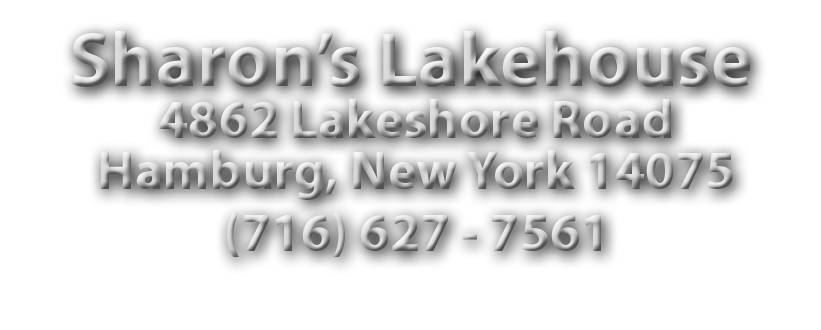Basic Principles of Typography Optimization in Responsive Website creation
You’ll want heard a whole lot about Receptive Web Design (RWD), as it is one of the most talked about matters on the internet nowadays.
Yet , most of the days, grids and images, fluidity and flexibility grab all of the attention and there is barely virtually any discussion at the typography.
Even though it’s one of many essentials that demand importance but most designers for some reason tend to dismiss this aspect. In this article, my singular focus is usually on receptive typography in connection with the website design.
Content, even though the most important ingredient of any website, blog, online community or service, is it is content and the way it can be presented. Nevertheless the focus of designers is mostly on the site design. This is where the problem comes up.
The adaptable web design currently takes care of this aspect at some level, by which includes some higher level of responsive typography. Yet this cannot be called complete however it comes full of numerous typographic options. Nevertheless , before all of us go into the information, let us first of all understand what responsive typography can be.
What is Receptive Typography?
Receptive typography ensures that the text on the webpage is not only resizable depending upon the screen size from the device, siamball.com although is also enhanced in order to increase readability. At present, we may only apply desktops or perhaps laptops to get into internet and browse websites but as well make use of tablets and smart phones.
For quite long, the designers are generally solely focusing on website design to make it versatile to the numerous screen sizes. There has been almost or almost no effort built to optimize or adapt this article and its appearance according to the display size. Receptive typography includes this issue, giving an opportunity to designers to experiment with the content also.
Basic Principles of Receptive Typography
The idea of responsive typography works on three basic principles:
Resizable text
Search engine optimization of sections length
Comparison
Whenever you help to make any decision about the presentation of text, it obviously starts from the typeface type. Regardless of what type of typeface you are employing, but you need to make sure that a few possibilities can be without difficulty read. If you wish to keep it very basic, the only alternatives are Serif and Without Serif. Serif is generally used for headings or titles, although Sans Serif is used throughout the content.
The logic is quite simple. The Sans Serif font will give you more liberty to experiment with. So , you can actually use that for the main chunk with the text. The Serif font, according to the designers, is quite severe, thus so that it is a perfect choice for titles.
Resizable Text message
When choosing the font size pertaining to the text on your website, make sure you specify it in the stylesheet according to different display screen sizes. Although how to decide the proper font dimensions are another question. For this the rule of thumb can be experiment on you.
Yes, choose the font size and review how it looks when you work on a computer system, a tablet and a smartphone. Understand that people check out their mobile phones from very near while tablet is certainly, most of the time, a little above the knee when a customer is seated. In short, distance matters. When you have a hard time studying it, enhance the font size.
Optimization of Line Size
Optimizing the queue length is pretty an important factor. The reason is that a desktop provides a bigger display and can provide around seventy five characters in a line while this will prove detrimental to readability on extra small screen size. Although there are not any hard and fast rules, but of course, the length of a line plays a major role in the visibility and readability for the content.
Therefore , choose the entire line consequently for different units and ensure that it does proper rights with the screen-size as well as the general website design.
Compare
Do not underestimate this facet of typography. Test different backgrounds and color clashes before going live and make a decision on the one that appears best. Even though testing, you might realize that something that looks incredibly nice over a desktop may well not produce the same effect once seen on a smartphone or possibly a tablet either.
So , the rule of thumb is usually, experiment with as many devices possible when it comes to Responsive Web Design and responsive typography. Buy or borrow, although make sure that your solution matches all display screen sizes and appears absolutely amazing.
